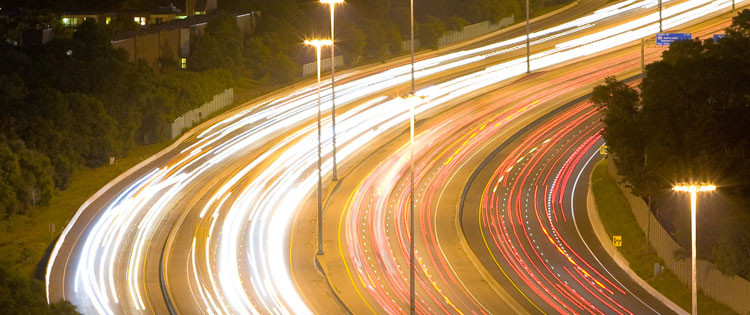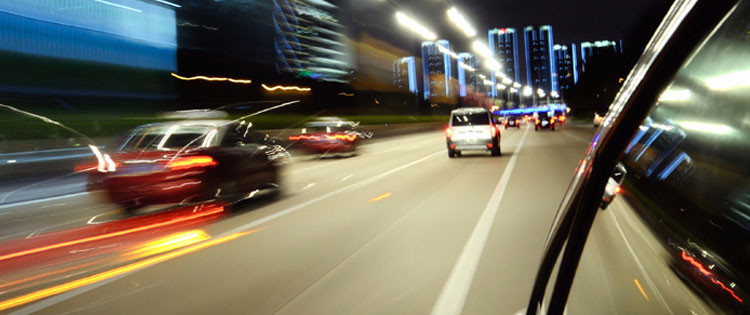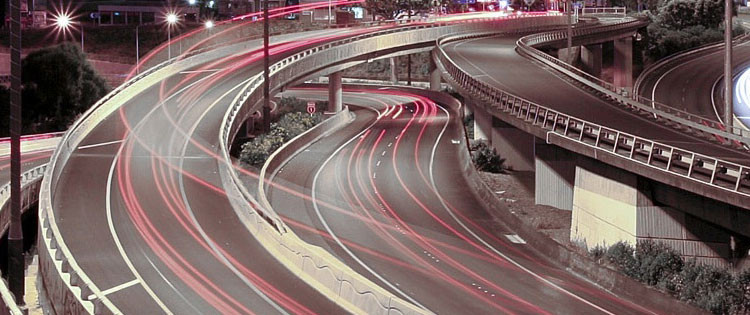Link to article here.
Texas House to end 80-yr raid of gas taxes
By Terri Hall
May 14, 2014
It’s about time. Speaker Joe Straus announced today that the Texas House will finally introduce a budget next session that will put an end to gas tax diversions. The practice has been a sore spot for taxpayers as the state has increasingly relied on tolling and debt to bail out lawmakers from having to discipline the use of gas tax. Collecting taxes for one purpose then spending it on another defies truth in taxation and transparency.
While this announcement is a welcome step in the right direction, it leaves the impression that all of the gas taxes collected would now go to roads. However, the press release is carefully worded to say all the money in the ‘State Highway Fund’ would go to roads. Twenty-five percent of the gas tax gets diverted to public schools before it hits the State Highway Fund per the Texas Constitution. So one-quarter of the gas tax would still be diverted elsewhere. To change that requires two-thirds of the Texas Legislature to pass a Constitutional Amendment that voters would then have to approve. As long as Democrats draw breath, that would never happen. As long as Republicans draw breath, they’ll never raise the gas tax.
The timing of Straus’ announcement is no accident. Lawmakers passed a Constitutional Amendment last year that comes before the voters this November. Proposition 1 would divert half of the oil and gas severance tax (roughly $1 billion/yr) that currently goes into the state’s Rainy Day Fund to the State Highway Fund. If raiding that highway fund for non-road purposes is still the practice, lawmakers recognize voters are unlikely to approve the measure.
None of the new money could go to toll roads, which is a double tax that’s currently the norm at the Texas Department of Transportation (TxDOT). None of the state’s proposed toll roads, which number in the hundreds, are toll viable. That means none of them can pay for themselves with just the toll users alone. All require big taxpayer subsidies and/or loan guarantees. So Texans are being double and triple taxed to drive on a single stretch of road, some on lanes they drive on today toll-free.
Despite the protection from toll roads and the requirement that a minimum amount stay in the Rainy Day Fund before the severance tax could go to roads, many tea party groups still oppose the amendment out of principle – the state shouldn’t be using emergency funds to fund a core function of government, roads. So Straus’ pledge comes at an important juncture as lawmakers seek to shore-up support for the amendment.
When the legislature passed the amendment, Rep. George Lavender warned his colleagues that voters would think the road funding problem is solved if they approve the measure. But it won’t, and neither will ending gas tax diversions. TxDOT is short $4 billion a year and ending non-education gas tax diversions and passage of Prop 1 doesn’t even solve half of the problem. Lawmakers still need to look at other options to shore-up the structural road funding shortfall.
What shortfall? The state collects a 20-cent per gallon tax on gasoline that’s remained unchanged since 1991. It doesn’t adjust for inflation so we’re, in essence, trying to build today’s roads with a 20-year-old revenue stream. On top of that, much of our existing road money is being habitually raided for non-road purposes, like the gas tax diversions.
The low hanging fruit is to stop using road money (paid for by motorists) for transit, rail, and bike paths that motorists don’t use. That goes for both federal and state gas tax. The Texas Mobility Fund is being used to build street cars, toll roads, and dredge our ports, when it should be used to fix our freeways and keep them toll-free. The next step to truth in taxation is to dedicate the vehicle sales tax ($3.3 billion/yr) to roads, which is currently being dumped into general revenue. Together, by simply dedicating all the current road taxes we already pay to roads, lawmakers can fix the structural road funding shortfall without raising taxes.
Straus should be commended for taking an important bold step in ending an 80-year practice of raiding road funds. But there’s still a long way to go to ensure adequate funds are appropriated to build and maintain our highways in a growing state.





